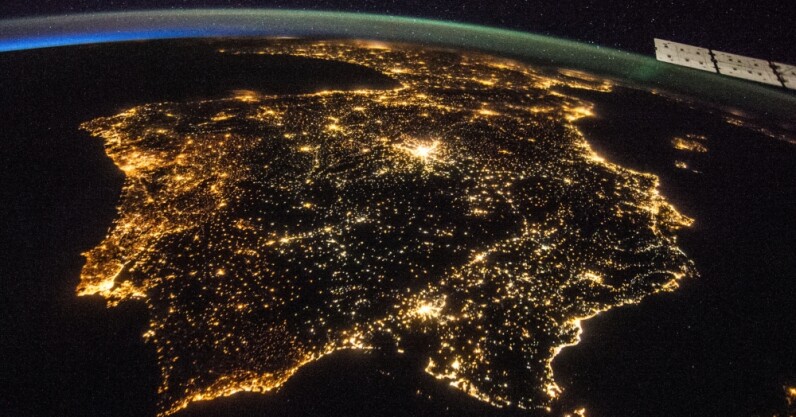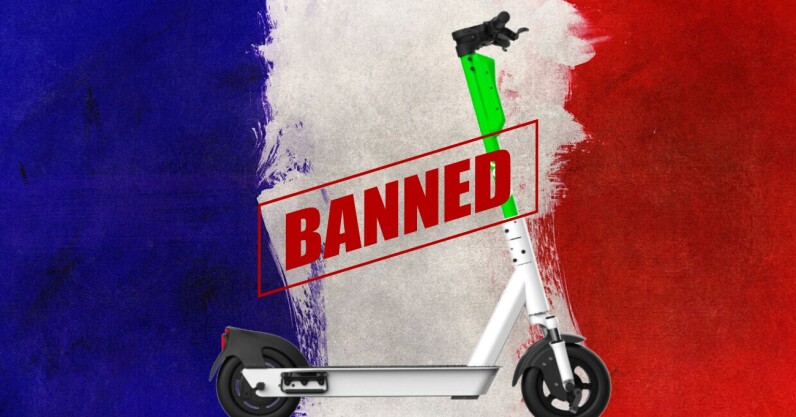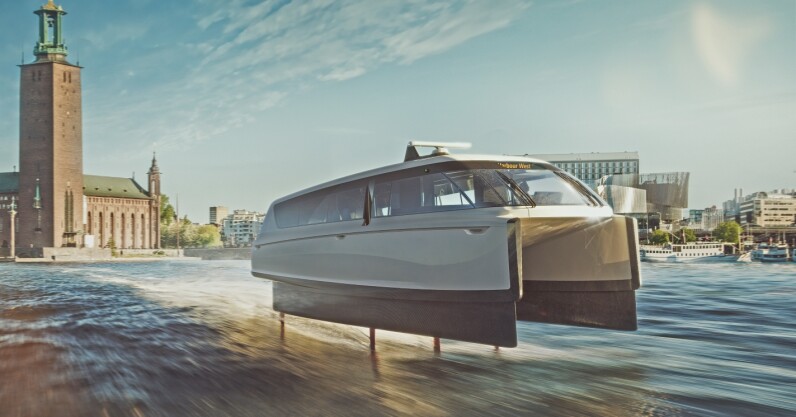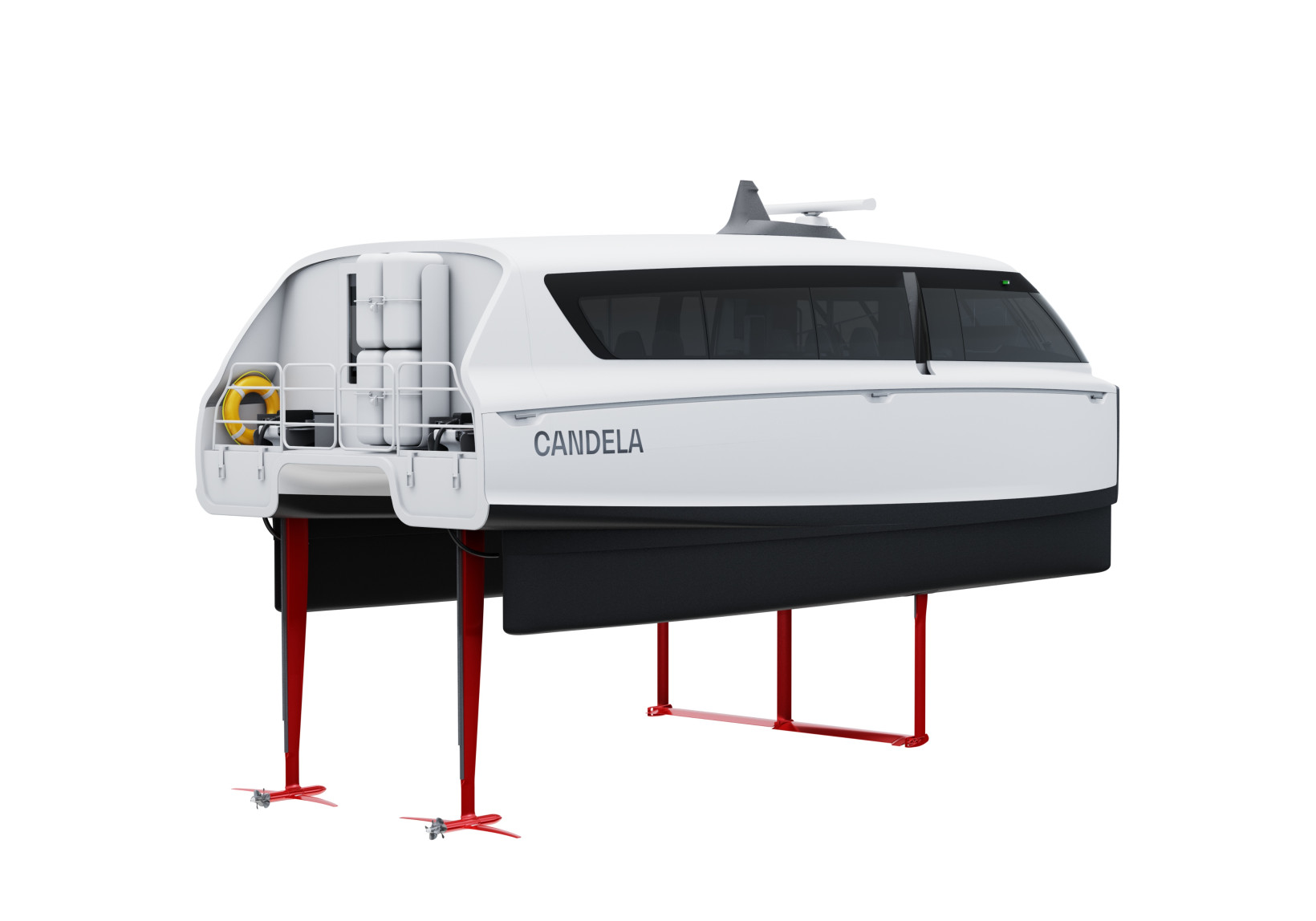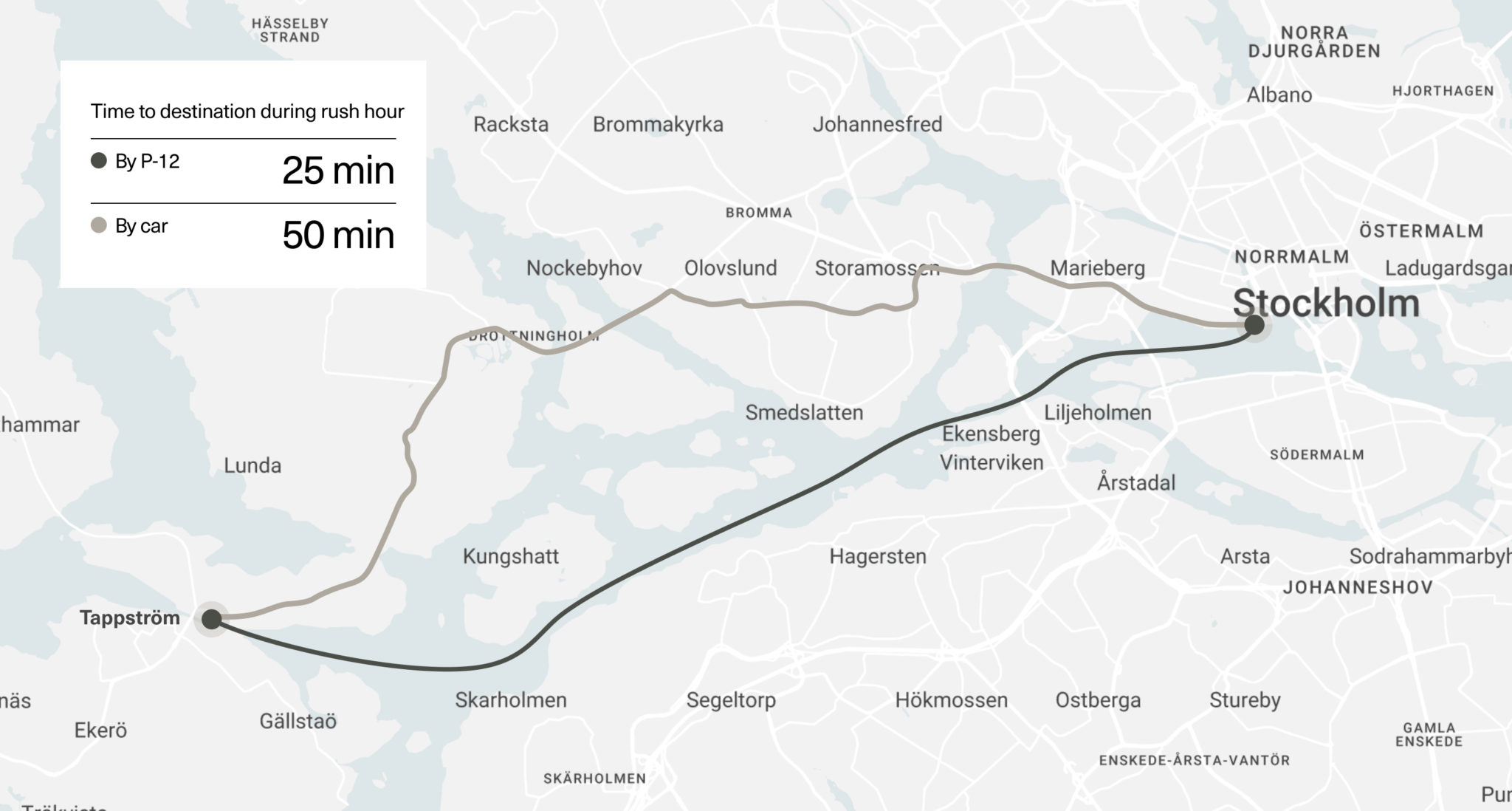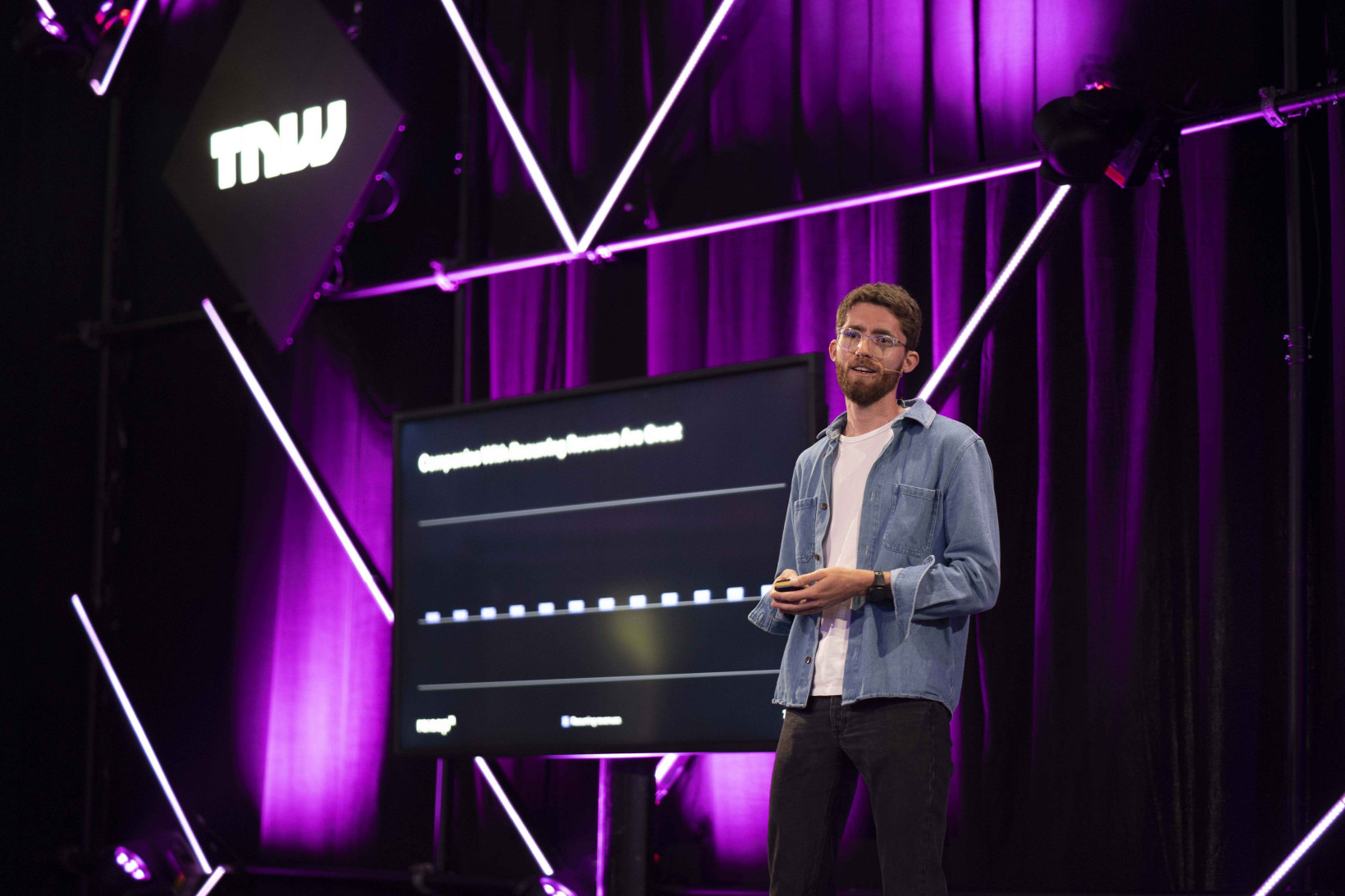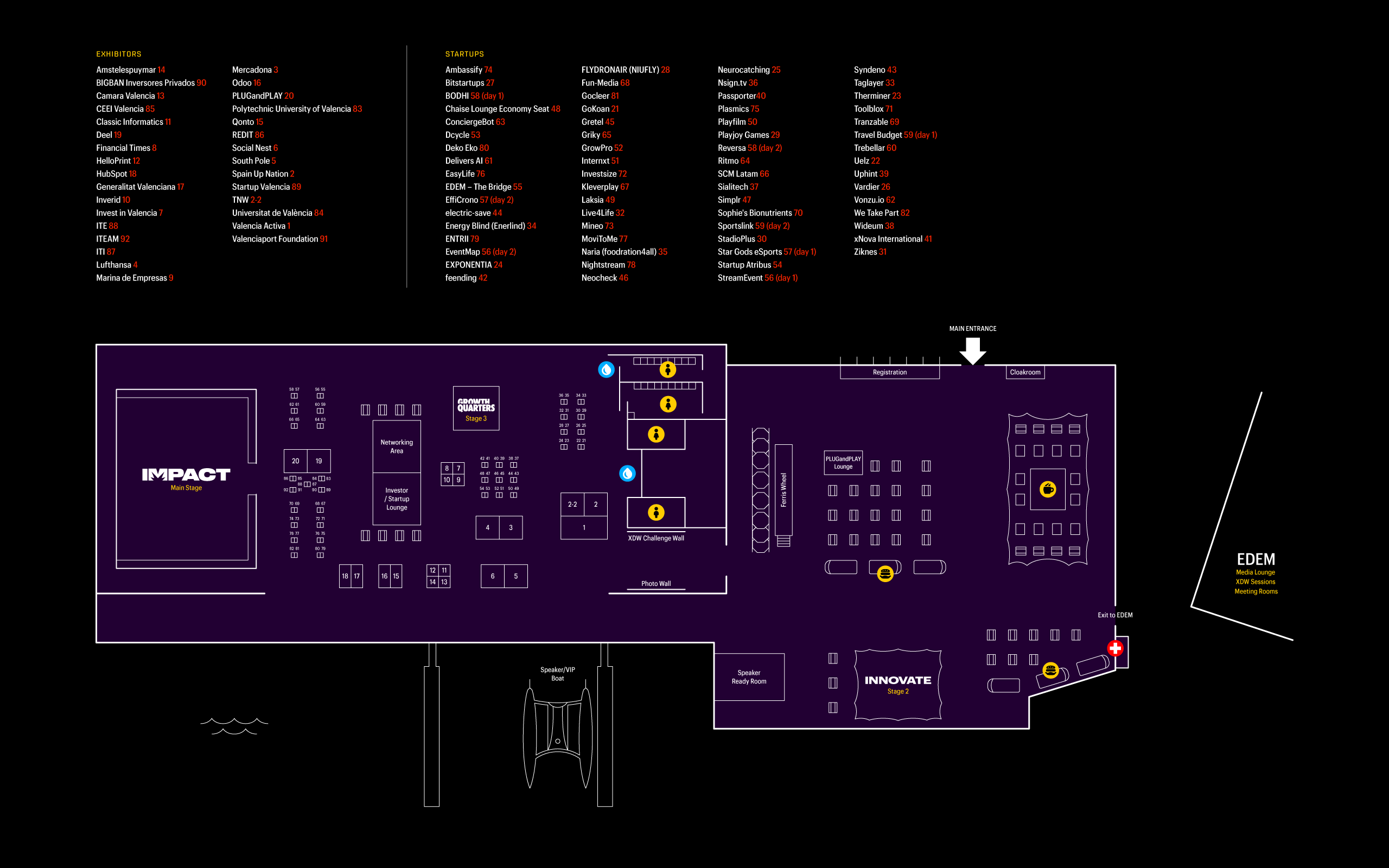Watch LIVE: ESA’s Jupiter-bound space mission is launching today

Update (14: 03 CEST, April 13, 2023): Due to poor weather conditions, the launch has been rescheduled till tomorrow (Friday, 14 April) at 14: 15 CEST.
The European Space Agency’s (ESA) Jupiter Icy Moons Explorer mission — ‘Juice’ — is ready to embark on its journey to the solar system’s largest planet.
Juice is scheduled to launch today, April 13, at 14: 15 CEST (13: 15 BST) from Europe’s spaceport in Kourou, French Guiana.
Juice will make the 8-year, 6.6 billion km trip to study three of Jupiter’s moons: Ganymede, Callisto, and Europa. Each of these worlds has an ocean of water hidden underneath an icy shell — an important target for astronomers searching for life beyond Earth.
ESA will stream the launch live on its website and on its YouTube channel which you can view below. French viewers can access ESA’s Web TV Two.

The <3 of EU tech
The latest rumblings from the EU tech scene, a story from our wise ol’ founder Boris, and some questionable AI art. It’s free, every week, in your inbox. Sign up now!
And as simulations of human tissues, organs, and cells become ever more sophisticated, they could open new frontiers for testing of vaccines, personalised treatment of symptoms, and help doctors to explore the effects of an infection on the entire body.
Digital twins could also expedite the search for candidate vaccines for the big families of animal viruses that are at risk of spilling over to the human population, said Highfield.
Coveney and Highfield believe that these advances are laying the groundwork for digital twins of the entire human body.
Virtual you
Computational models of patients would not only look like their human counterparts but behave like them too.
Creating a virtual you requires the collection and analysis of enough personal data to provide a realistic representation. This could come from any number of scans of your body and its organs, as well as genomic, biochemical analysis, and wearable devices.
“These digital twins can inform what action a surgeon takes, what drug you get prescribed, or even what kind of life you choose to live,” said Coveney.
Your physician could run a number of scenarios through your digital twin — how you might respond to a certain drug or disease, for instance — without ever touching you (if you hate visits to the doctor, take note).
“Virtual patients could potentially save and extend your life.
Your digital twin could accurately predict your risk of disease and recommend drug, diet, and lifestyle changes, potentially saving, and extending, your life.
According to the European Commission, around 200,000 people die each year in Europe from drugs prescribed to them, partly because these therapies are generic and not designedspecifically for the patient.
The same goes for treatment of disease: doctors are forced to make decisions based upon similar but non-identical patients in similar but non-identical circumstances in the past.
“Modern medicine is like driving a car while looking in the rearview mirror — it’s always looking back to try to figure out what is happening now,” said Highfield. “The hope is that digital twins will enable healthcare to become forward-looking, truly personalised, and predictive, removing much of the guesswork.”
Perhaps less consoling is the idea that your twin could be used to predict when you will die, to a fairly high degree of accuracy.
Moving on.
So, when will I get a virtual me?
Before you get too excited (or petrified) — let’s do a quick stock take.
Oxford University professor, Denis Noble, developed the first model of a beating heart cell in 1959. A few years later his work was scaled up to the level of patches of cells, and by the 1990s models of the whole heart, powered by the earliest supercomputers, began to take shape. Now, programmes like Alya Red are enabling simulations of almost any part of the human body.
That’s the point where we find ourselves right now. To date, a digital twin of a whole human has never been created.
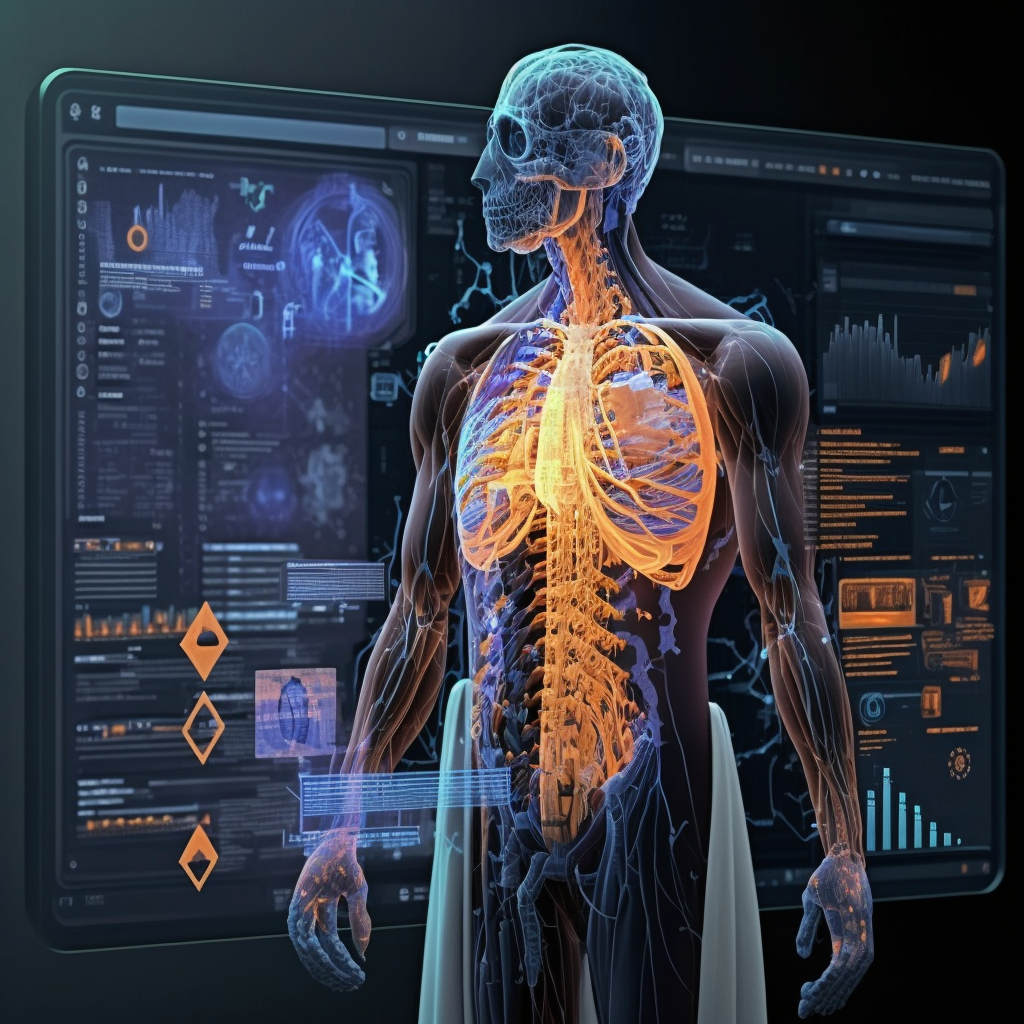
There are still “massive technical hurdles” to overcome, said Conveney.
Simulations of this complexity will require access to incredibly powerful computers, such as Frontier, the world’s first and fastest exascale supercomputer. These computers are still few and far between, and require large amounts of energy to run.
Another “huge challenge”, he says, is stitching together all the codes for each part of the virtual body. Each part of the digital human, like a cell or a heart, is technically a separate simulation. There are also multiple scales for the simulations: one model for a cell and another for the whole organ require different codes and run at different speeds. Getting all of these codes to load at once and at the same speed is no easy feat.
There are also ethical considerations. The ability to predict almost anything about your health is a powerful tool for healthcare professionals, but potentially dangerous in the wrong hands.
Within the limits of current technology, creating your own virtual twin right now is only be within the reach of billionaires, says Conveney.
Even the most powerful computers conceivable in the distant future will not have sufficient capacity to analyse you in full molecular detail. You, my friend, are too complicated, even for the smartest computer.
But Coveney and Highfield do make a convincing case that incomplete digital representations will still be an extremely useful tool for advancing medical science and individuals’ health. As the late British statistician George Box opined, “All models are wrong. Some are useful.”
The authors are also hopeful that the computing requirements of these twins can be reduced using, you guessed it, artificial intelligence.
“AI and machine learning can replicate some of the code and enable the whole digital twin to load at the kind of speeds needed for effective medical decision making,” said Highfield. AI could enable virtual humans to be run on much smaller machines.
While there are many hurdles to overcome, and definitely some ethical issues to iron out, fully functioning virtual patients, that offer healthcare professionals insights they can actually act on, are not as far off as you might think.
Conveney, one of the foremost global experts on the topic, believes virtual patients could be available for practical medical uses in about five years’ time.
Digital twins could save your life. Here’s how Read More »

